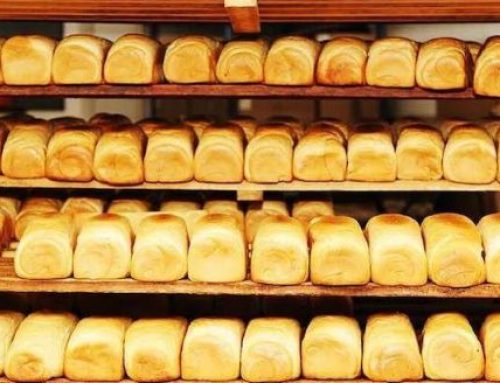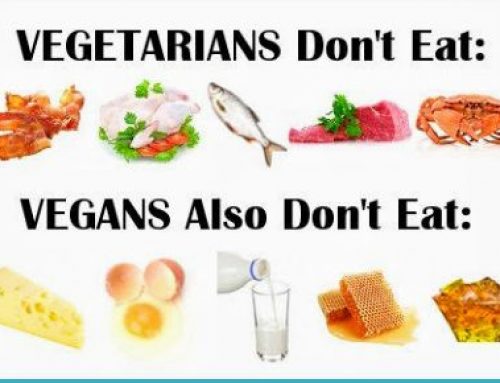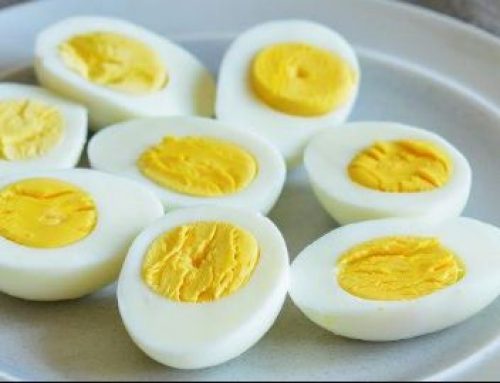HISTORY
Before the development of modern refrigeration, ice cream was a luxury reserved for special occasions. Making it was quite laborious; ice was cut from lakes and ponds during the winter and stored in holes in the ground, or in wood-frame or brick ice houses, insulated by straw.
Ice cream was made by hand in a large bowl placed inside a tub filled with ice and salt. This was called the pot-freezer method. French confectioners refined the pot-freezer method, making ice cream in a sorbetière (a covered pail with a handle attached to the lid). In the pot-freezer method, the temperature of the ingredients is reduced by the mixture of crushed ice and salt. The salt water is cooled by the ice, and the action of the salt on the ice causes it to (partially) melt, absorbing latent heat and bringing the mixture below the freezing point of pure water.
ICE CREAM
Ice cream is a sweetened frozen food, typically eaten as a snack or dessert. It is usually made from dairy products, such as milk and cream, eggs, and often combined with fruits and other ingredients and flavours, sweetened with sugar or sugar substitutes.
Flavours and colourings should be added in addition to stabilizers. The mixture is stirred to incorporate air spaces and cooled below the freezing point of water to prevent detectable ice crystals from forming. The result is a smooth, semi-solid foam that is solid at very low temperatures.
Ingredients
- 8 large egg yolks
- Sugar
- 2 teaspoons vanilla extract
- 1/4 teaspoon salt
- 1 (12-ounce) can milk
- 2 cups heavy cream
DO-IT-YOURSELF
Making homemade ice cream is actually a lot easier than you may think it is, and once you get the hang of making a simple base, you can experiment and make absolutely any flavors that your taste buds lust after.
Keep in mind that these ice creams won’t be as stable as machine-churned ice cream, and should be consumed immediately after they are made.
There are many different ways to approach making ice cream at home without a machine.
You can tackle anything from a simple blend-and-freeze method, or a slightly more involved method of making ice cubes and pulverizing them in a food processor. You can try a few methods and report back. The nice thing about each is that they don’t rely on a machine.
1. Blend And Freeze Method Involving Cold Pan

Pre-freeze a two-inch-deep metal pan.
Basically, you start by blending 2 cups of heavy cream and 1 tin of Sweetened Condensed Milk.
Add your flavours( vanilla, chocolate e.t.c.) , toppings, and mix-ins to the sweetened condensed milk.
Then fold in the whipped cream.
Pour the ice cream into the freezing cold pan, and return to the freezer. Wait for 30 minutes, or until the ice cream at the sides of the pan begins to freeze. Scrape down the sides and give a quick stir, and then return to the freezer. Continue this method until it gives the ice cream texture, and then serve immediately.
2. Bag Method
What it takes: Salt + ice + cream + bags + shaking
Why it works: Salt lowers the freezing point of the ice and creates an extra-cold brine that absorbs heat from the cream mixture, causing it to freeze.
This project calls for ice, salt, quart or pint-sized Ziploc bags, and one gallon-sized Ziploc bag.
Wrap the gallon-sized Ziploc bag in a couple of plastic grocery store bags, since it has a tendency to leak. You also want a towel to hold the very cold bag as you shake the ice cream.
Make and chill the ice cream base – Make cream base by whipping the egg yolk, sugar,heavy cream or condensed milk, evaporated until it gives a smooth mixture. Make sure your ice cream mix is well-chilled – preferably overnight.

Bag up ice cream mix, plus ice and salt – Put no more than 2 cups of the ice cream mix in a quart baggie and seal securely. Fill a gallon-sized bag halfway up with ice, then pour in about 1/2 cup salt. Mix it around, then put in the quart size bag. Make sure the smaller bag is covered with ice.
Shake, shake, shake – Seal the larger bag securely and place it in a couple layers of plastic shopping bags. Shake or rotate the bag for at least five minutes – preferably 10.

Open and check – Open carefully to avoid getting salt in the inner bag. The ice cream should be in a soft mass by now – if not, close up again, add some ice and shake some more.
Turn the little bag inside out into a large bowl, carefully, to get all the ice cream out.
3. Frozen Ice Cubes Method
-
• In large bowl, whisk egg yolks, sugar, vanilla, and salt until pale yellow and mixture falls off of whisk in thick ribbons for about 5 minutes.
• Set aside.
• Stirring constantly, heat evaporated milk in medium saucepan on stovetop until it comes to a simmer.
• Slowly add hot milk to egg mixture, whisking constantly, until fully incorporated. Transfer mixture back to saucepan and heat, whisking constantly, to 180°F (it should become thick and custardy). Do not overheat, or eggs will scramble.
• Chill mixture completely.
-
• Whip 1 cup heavy cream with whisk until doubled in volume.
• Add whipped cream to egg mixture and fold with whisk just until no lumps remain.
• Pour mixture into ice cube trays and freeze for 4 hours, or until solid.
-
• Combine frozen cubes of ice cream (use a spoon or a dull knife to remove them) and add it to the remaining heavy cream , scraping down sides and breaking up lumps as necessary during process.
• Transfer mixture to quart container, and freeze for at least 4 more hours before serving.







Leave A Comment